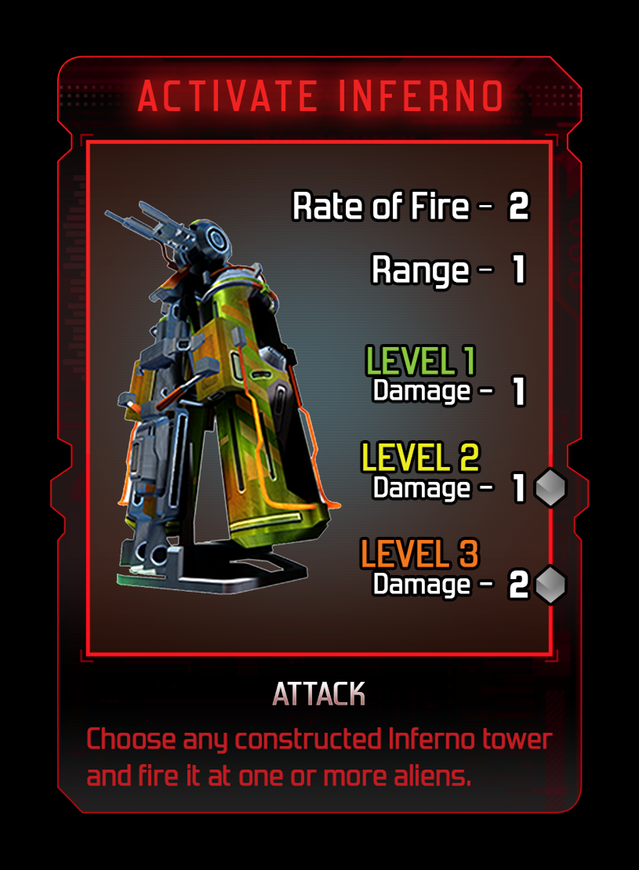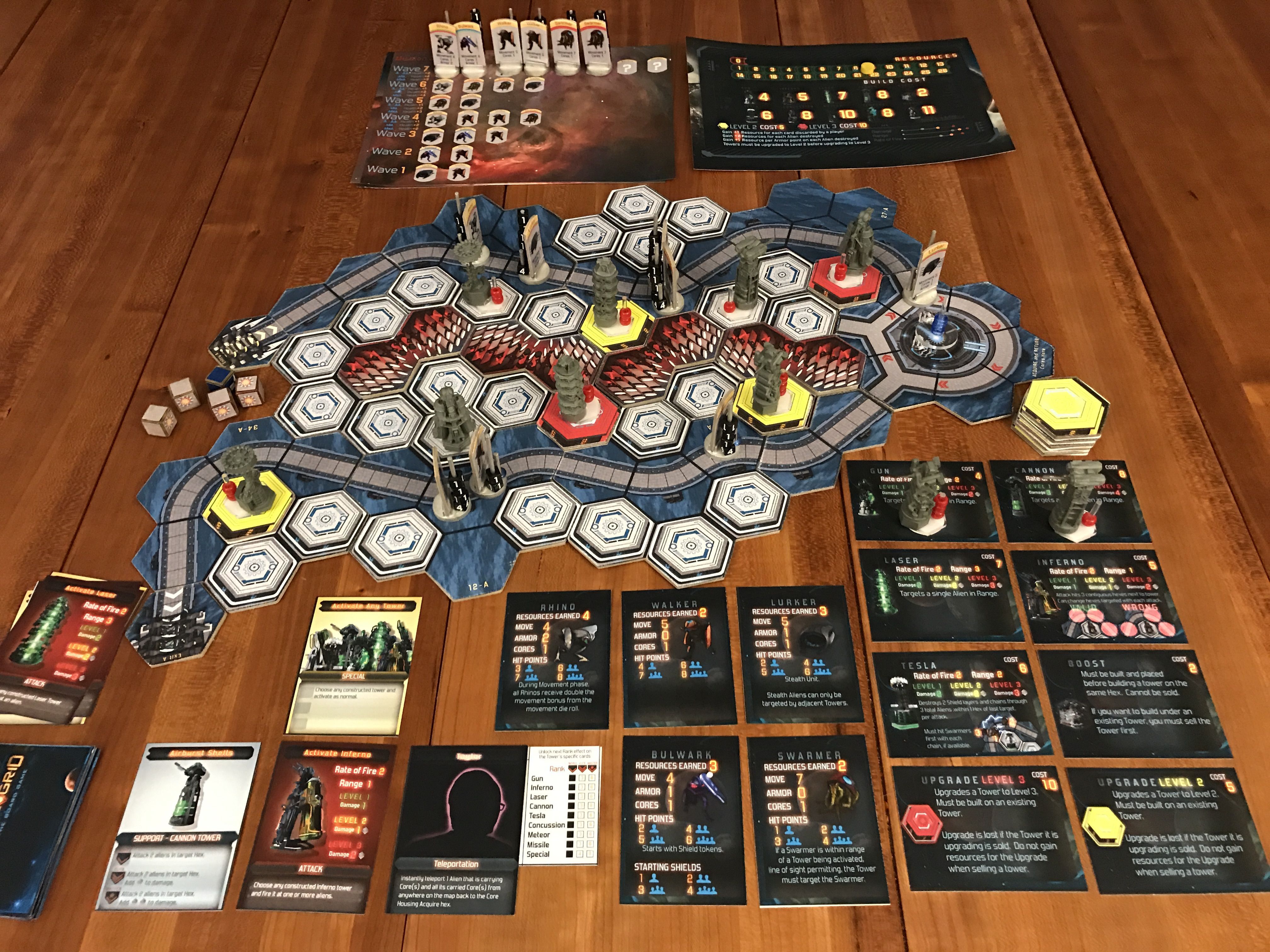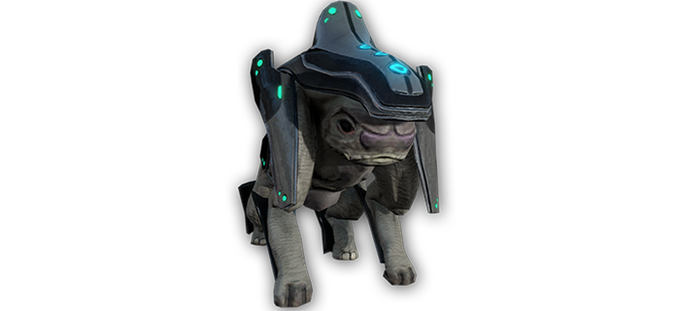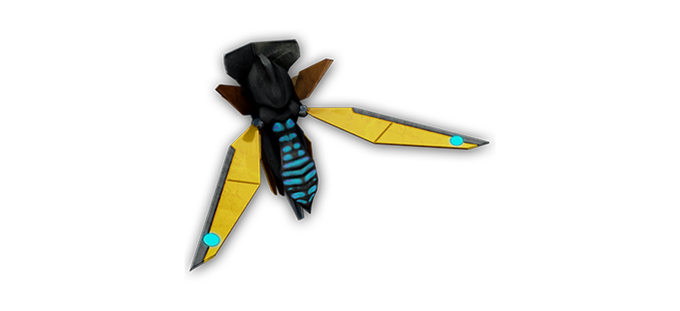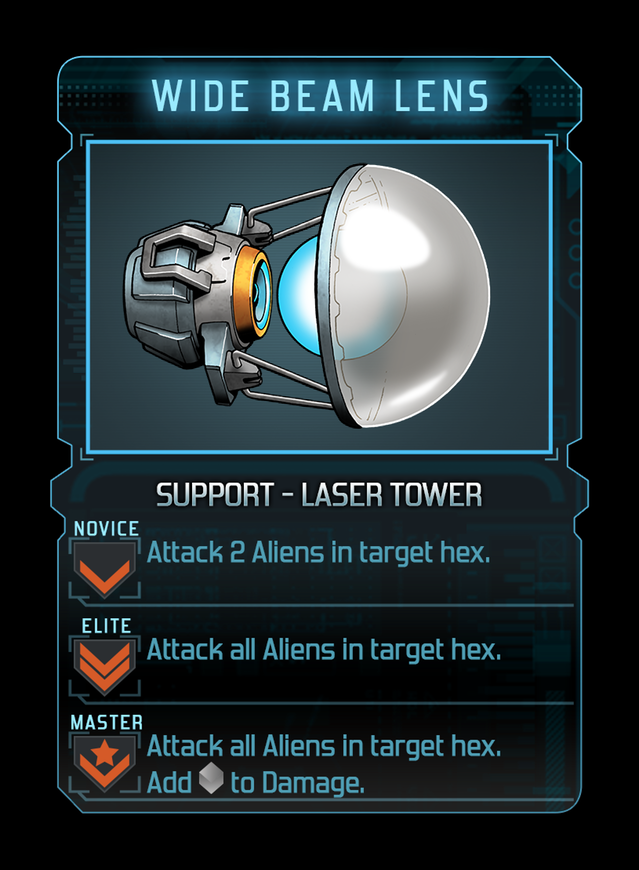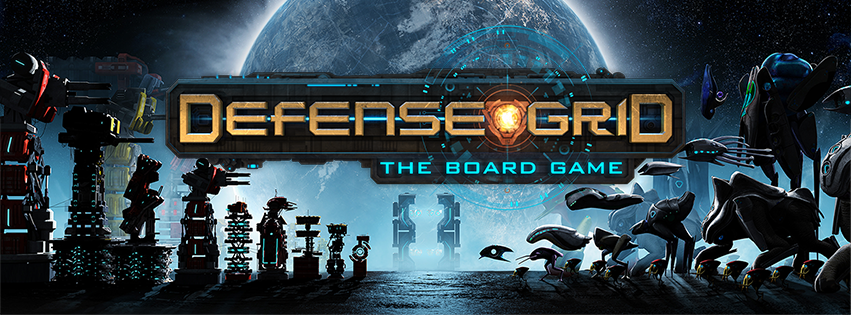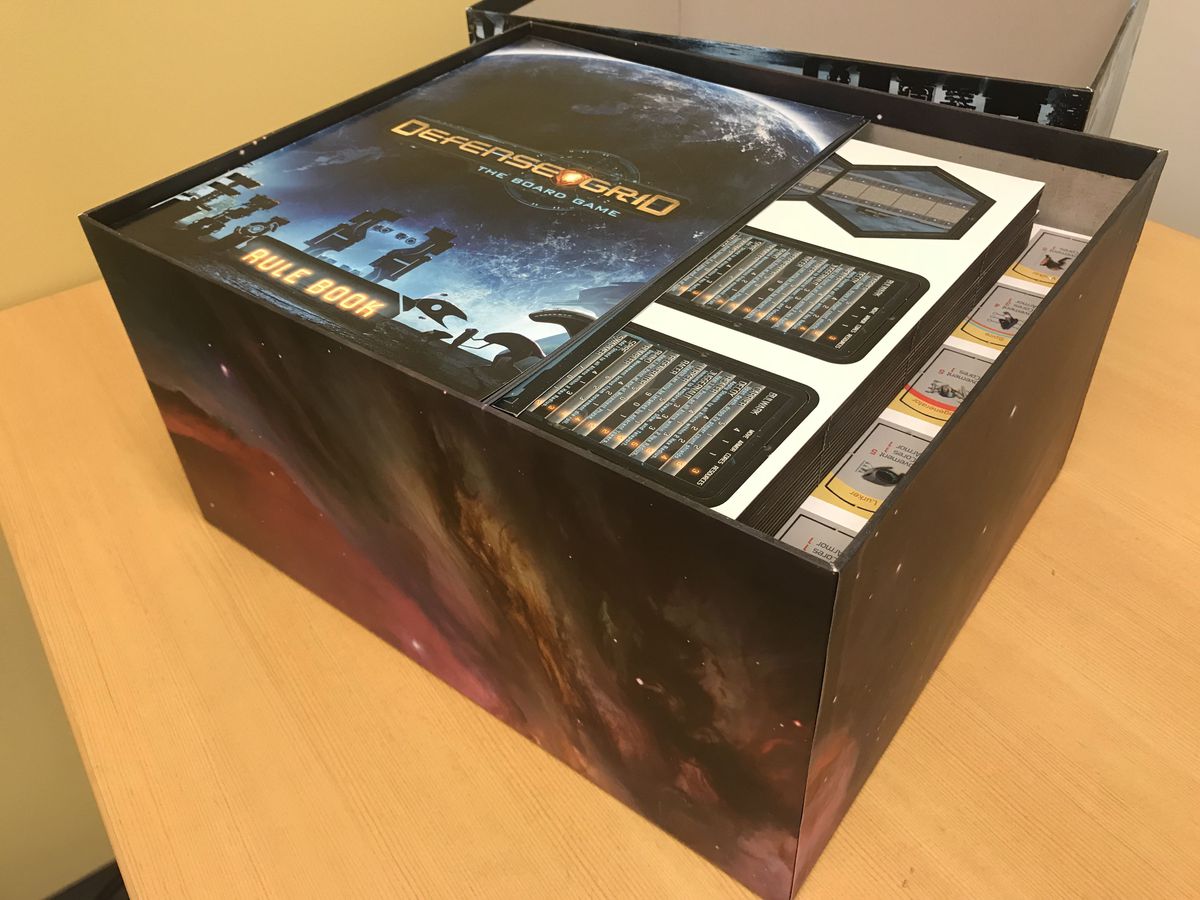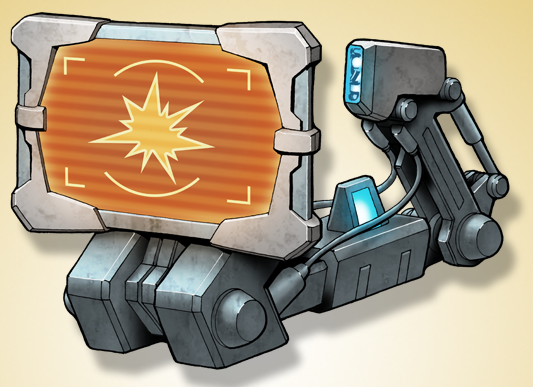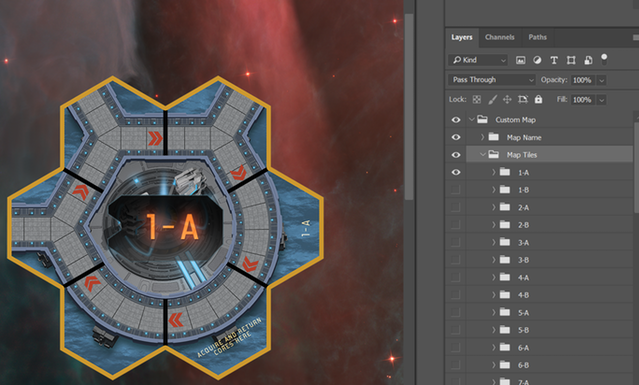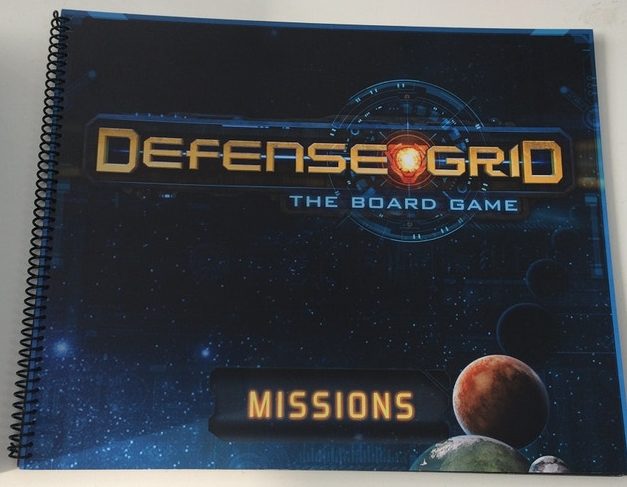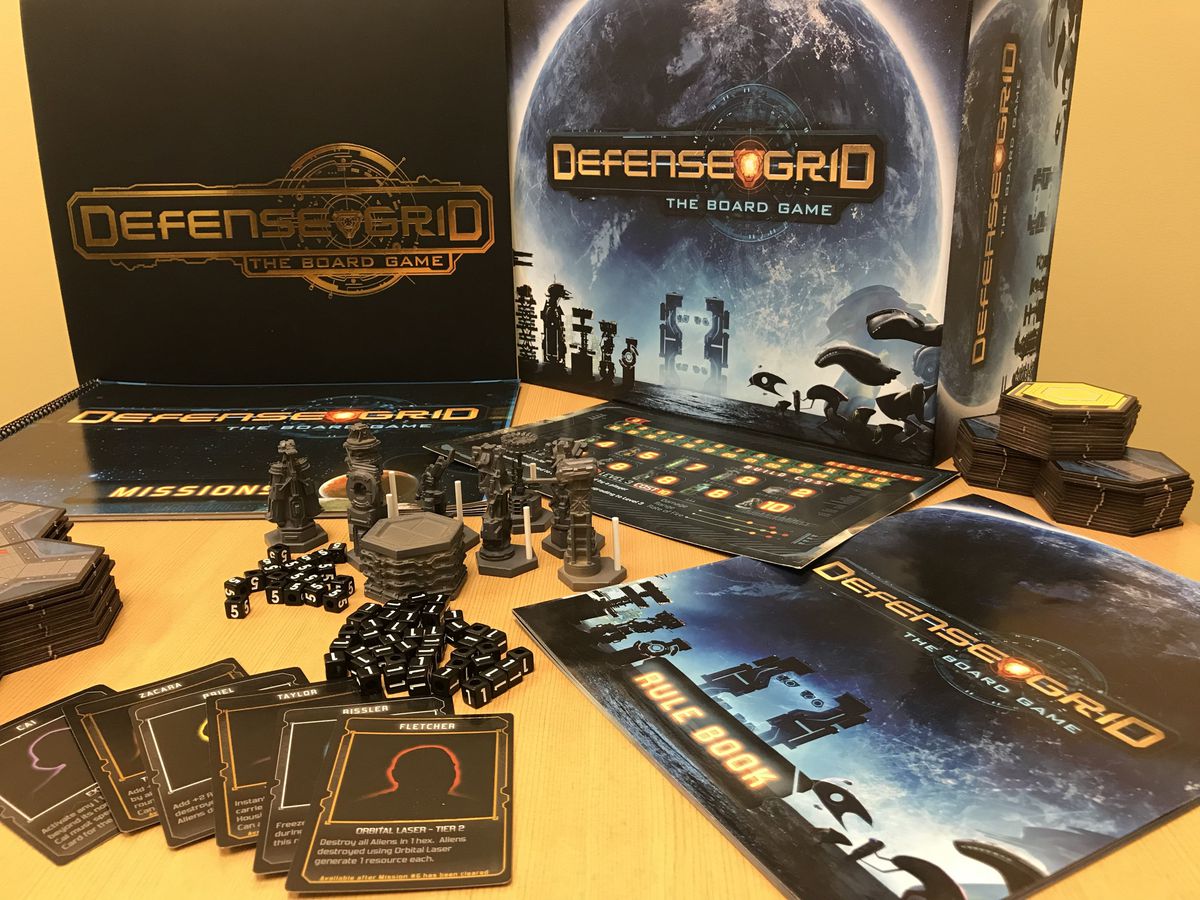As part of our March Spotlight on Defense Grid, we strive to inform readers of little extra tidbits surrounding the game. Games are made by people, and one of those tidbits we enjoy is learning a little bit more about the people behind them. Some designers shy away from the public stage, while others enjoy being front and center.
For Anthony Hanses, designer of Defense Grid: the Board Game, he is more than willing to share his insight on what it’s taken to get this game made. To say that it’s been a long and winding road to get Defense Grid to the table is a bit of an understatement. From setbacks to unforeseen challenges, to Anthony, getting Defense Grid made was not unlike running one of the game’s own gauntlets. Perseverance has certainly paid off, and the result of that effort is a hard-earned reward in the form of a finished game.
With all that in mind, we thought it would be worthwhile to brave the labyrinth and chat with him ourselves for some insight about what it takes to create a game that’s all about playing defense while knowing that to get it made, he had to do anything but that. This is the outcome of that brief conversation (because, obviously, time between waves of attackers is never long enough.)
Enjoy!
[sc:bar]
Round One Questions
CR: What was your Gateway Game?
While I had played some games growing up, the one that really solidified my interest in tabletop and board gaming in general was Role Masters. This is a pretty old D&D-like RPG system, but what I loved what how everyone in the group I played with would act out the most ridiculous attacks that occurred. It didn’t matter if we were fighting a tiny goblin or a giant kraken – there was always the element of surprise and fun that could occur.
I will never forget when my DM tried to kill a player that had been irritating the whole night. He dropped him into a pit and had him solo a kraken, but luck was on the player’s side that night. After rolling two back-to-back 100s, he rolled somewhere in the 90s and ended up killing a kraken with nothing but a dead fish as his weapon in a single blow.
The best games aren’t just fun, they create lifetime memories and my gateway game did just that.
CR: What was the last game you really enjoyed playing (besides Defense Grid)?
 Kingdom Death Monster by far. While it has a bunch of flaws with balance, one thing Pootz really got was the concept of empowerment and fun. There are a lot of things that are broken in the players’ favor, but there is always that sense of wonder when you figure out something new, you complete a high level hunt that you didn’t think you had a chance to complete, or you get the perfect innovation the moment you needed it. I have played this almost weekly for over three years and cannot wait for more content.
Kingdom Death Monster by far. While it has a bunch of flaws with balance, one thing Pootz really got was the concept of empowerment and fun. There are a lot of things that are broken in the players’ favor, but there is always that sense of wonder when you figure out something new, you complete a high level hunt that you didn’t think you had a chance to complete, or you get the perfect innovation the moment you needed it. I have played this almost weekly for over three years and cannot wait for more content.
CR: How big is your game collection?
Right now I would put my board game collection around 80, but it grows and shrinks all the time. As a game creator, I find it important to constantly evaluate work done by other small and large creators alike. While I do seek out and buy known good and great games like Gloomhaven and Root, I also intentionally buy games that appear to have unique and interesting mechanics or pieces, even if they reviewed extremely poorly. You never know when you will find a gem of a mechanic or an idea that maybe that creator couldn’t quite deliver on but is worth learning from.
On the video game side, I’m even more crazy. I own about 300 games on Steam alone and over 250 on Xbox, with a couple dozen each on things like Switch, Playstation, Unreal, GOG, etc. Very similar to board games, I seek out new experiences constantly and have often found I fall in love with games that are not popular with the community at large. This mostly happens when a game truly delivers on its premise, theme, or mechanics. Beyond that, I own so many tower defense video games at this point it’s a bit silly. For a while, I was buying almost every single one I could find just to see if there was something new that might translate into a great board game mechanic.
CR: What is your favorite type of game to play?
Well, the obvious is Tower Defense, haha! But seriously, I’m not quite sure what it is about TD games that draws me in so much. I think it’s the puzzle-like nature of them.
Beyond that, I would say old-school turn-based JRPGs, clicker games, and 2D platformers are pretty much all tied. Sometimes you want a great story, other times something to just waste time while binging Netflix, and still others just something hard and fun.
CR: How do you feel about Monopoly?
I loved Monopoly as a kid, and I think it is unfairly maligned in the community at large. It is a great example of simple mechanics combined with a game that has a deep psychological strategy for experts. I wouldn’t recommend anyone buy Monopoly, but I would bet that a ton of your favorite board game designers have spent a lot of time analyzing the game and learning from it. After all, you would be hard pressed to find any game that has been as broadly and continuously successful as Monopoly for generations and generations.
On Defense Grid
CR: Defense Grid attempts to bring the much enjoyed tower defense style game from the video game world to tabletop, which is easier said than done. What sort of unique challenges did you face when attempting to convert the idea to analog form?
Honestly, the hardest thing was the HP and status tracking. We spent literal years trying to come up with a system that worked well. Early on, we tried to make something cheap and easy to do that mostly leveraged mechanics people were familiar with from games like Zombicide or some war gaming but could never find something that really fit. Our first Kickstarter for Mech Defense, which failed, used a variant on Zombicide’s system as an example.
Finally, we decided to throw caution into the wind and just not care about cost or practicality of our ideas. We tried to do true innovation – which by the way is a nightmare. After about nine months of effort we finally came up with the “pillar system” we use but then realized that the game would never be cost effective to make. If we went with what worked, we would likely be hampering our ability to ever sell in retail or become a big hit because we would never hit a mainstream price point.
Beyond that, there have been a lot of not-so-great tower defense board games. By the time we launched with our Kickstarter, there had already been multiple game releases promising tower defense experiences which had burned people. Often they were either way too complex and fiddly or they were more simple games with a center tower and waves just rushing from the sides. Neither of which really delivered on the promise of tower defense. We not only had to deliver on the promise of tower defense, but we had to also prove that it could be done in a way that was fun, easy to pick up and play, and would feel like the games everyone knew and love from the Mobile and PC space.
CR: Were there any aspects of classic tower defense games that you found you simply weren’t able to capture the way you wanted?
The two biggest are DoTs (Damage over Time) and the classic Defense Grid “Rewind”. We spent months trying to put in something to qualify as rewind to check the box for a popular franchise feature, but ultimately couldn’t make it work well for the board game. It would have required way too much upkeep by the players to pull off.
DoTs were a real pain point. We didn’t cut DoTs from the game till about 2 months before the Kickstarter. Up until that point they were in. We had both burn and poison effects. Ultimately, it was an issue that arose out of playtesting.
People loved using the DoTs, but it had major tracking and upkeep issues. Players would regularly forget to apply the DoTs, or they applied them for too many rounds, or the extra time to process them was just frustrating. It was a beloved feature, but it was one that we realized we had to cut from the base game to make a tight experience.
That being said, we do believe we can deliver DoTs in an expansion that is intended for people who are already familiar with the core game and now just need to learn to process the extra mechanics.
CR: Defense Grid is based on an existing video game of the same name. How did you end up with a licensed game for you design, and what sort of input or guidance did they provide in that process?
It all started with Mech Defense. Originally, we hoped to get a license to use for that game, but before we went to Kickstarter it was clear it was not a game worthy of a license. That being said, it was a solid enough demonstration of tower defense gameplay for a board game that we felt we could use that to demonstrate that we could make a tower defense game with a license.
I really only went after the Defense Grid license. It was the game that really introduced me to tower defense back when it premiered on XBLA. I was sucked in immediately and fell in love.
I contacted Hidden Path Entertainment and was brought in to demo Mech Defense and explain how we would approach making Defense Grid. The initial feedback was basically that we had the first board game they had ever seen that actually felt like tower defense, but it was way too complicated for the Defense Grid franchise.
Next came a deep discussion about Defense Grid. As you can imagine, Hidden Path’s founders are extremely passionate about the franchise they have built and wanted to make sure anyone who they let play with it was equally as passionate and would respect it. We had to prove this, which in our case wasn’t actually all that hard!
Finally we spent many months prototyping and reviewing prototypes with Hidden Path until they were comfortable with both our ability to deliver a game that fit Defense Grid, able to delivery a board game in general, and that we both wanted to work with each other. Once we determined that we had to spend several more months negotiating the licensing agreement and planning timelines for design, production, and delivery.
My biggest guidance and input to anyone who wants a license is to go Indie. Like Defense Grid video games, there are tons of Indie video games made by designers who are passionate about the franchises, have sold millions of copies, and are more open to licensing them than larger studios.
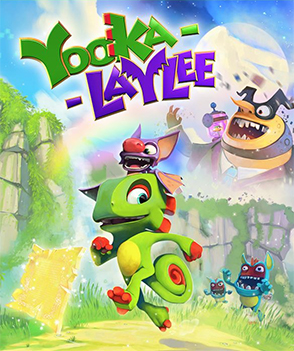 All too often I see people on Facebook groups and such talk about having a great Mario, Zelda, or Halo board game. You are most likely never going to get those licenses. It’s a fool’s errand. Instead, look to small or medium sized studios. Instead of Mario, maybe Hallow Knight or Yooka Laylee as an example. You don’t need a 5+ Million selling AAA title to sell 5,000-10,000 board games. You can do just fine with a really passionate fan base of a fraction of that size.
All too often I see people on Facebook groups and such talk about having a great Mario, Zelda, or Halo board game. You are most likely never going to get those licenses. It’s a fool’s errand. Instead, look to small or medium sized studios. Instead of Mario, maybe Hallow Knight or Yooka Laylee as an example. You don’t need a 5+ Million selling AAA title to sell 5,000-10,000 board games. You can do just fine with a really passionate fan base of a fraction of that size.
CR: Did you play any other tower defense inspired board games during the development of Defense Grid to see how the style of your game compared to others out there?
Haha, too many! Everything from Castle Panic and B-Sieged to King’s Armory. Any even remotely tower defense game I could find and still get my hands on, we tried. We also tried tons of games that involved enemies that moved with scripts, simple rulesets, etc., that could be representative of some tower defense mechanics.
CR: Defense Grid did modestly well on Kickstarter, with close to 1,000 backers, which is admirable given its price point. What was your biggest surprise when it came to the campaign – either leading up to it, during, or afterwards?
We were honestly surprised we did that well. I have mentioned elsewhere that I really suck at advertising and promotion. My main strength is on working with a community once they exist. We hoped we would fund around $30k, so getting over $80k was really awesome.
Unfortunately now I face the same issue of trying to promote the game and sell the remaining copies we produced, and hopefully more after that. That being said, I would have to say that my biggest surprise is how much people are liking the game and talking about it on our Discord and on BoardGameGeek. We thought we might have a good game, but are really happy to see the reception so far. We’re hopeful it keeps up.
CR: One of the things you mentioned in the game’s Kickstarter is the that you’ll be continuing to develop new monthly scenario challenges well after the game’s release. What is your process for coming up with so many new scenarios in a relatively short period of time?
Hahaha. Well, I am trying to pay fans of the game.
That being said, the game is actually simple enough and we produced about 3x the maps we needed for the campaign in the first place. We didn’t fully balance all of them and needless to say we cut it down to what we thought were the best 10 for the in-box campaign, but I am sitting on quite a bit of content. I can polish up a new map in about 2 weekends of work if I end up having to produce and ship them myself, but I am really hoping our community will get engaged and potentially make some money from us at the same time.
This is something we took from the Defense Grid video game series. They had a really passionate community that did a lot of user generated content and shared it with each other and we hope to foster a similar community for the board game.
CR: The game can be played with 1-4 people. What is your personal favorite player count when sitting down for some base defense?
I am a big fan of playing with 4. While Rico worked a lot on the core Towers, Support Cards, Special Cards, and Aliens, I spent a lot of time agonizing over making it a fun co-op experience. I believe the best games, like Gloomhaven and D&D, involve a lot of player interaction around the table. If people are talking and working together to solve the puzzle that is a game, that is how you create memories. That is how you get people to want to come back to the table to play another round.
CR: Finally, since Defense Grid is all about often defending an indefensible position, if you found yourself in a similar situation, which style defense tower would you make sure went up first?
Temporal Tower. Slow them down and give myself more time to plan a better strategy!
Photo Credits: Defense Grid cover and photos by Forged by Geeks.

